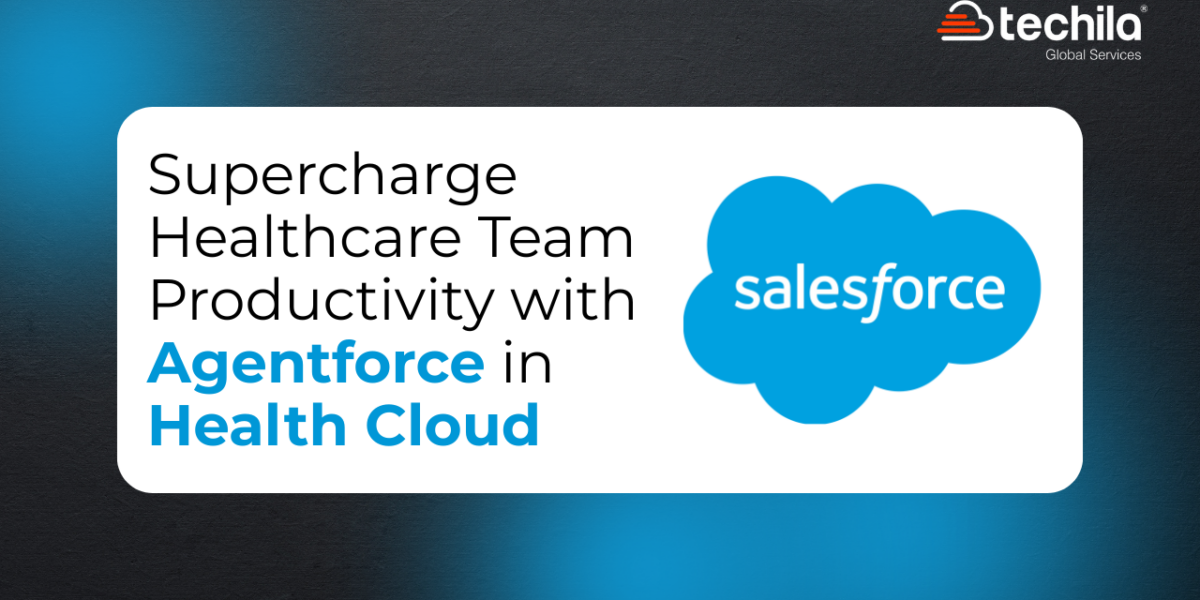Many times, we feel a need for automating the process based on the results of a call. At that particular moment, we can take the reference of the workflow rules, or sometimes we executive process through triggers. It becomes important for us to take out the difference between workflow and trigger in Salesforce to work smartly with the concepts and understand their application in different situations.
For automating the processes on the Salesforce platform first of fall you need to have the designation of the Salesforce administrator on the name of the salesforce account of the organization. In this digital please we are going to learn the semantics associated with the trigger and workflow in Salesforce.
Understanding salesforce trigger
Before understanding the difference between workflow and trigger in Salesforce, let us understand what a Salesforce Trigger is. A Salesforce Trigger helps us to accomplish the goals with the application of systematic coding. We can often execute the processes whenever needed for the various types of roll-up scenarios where we need not use the summary field. Specifically, we need a salesforce Trigger at a time where there is a requirement for the creation of a different object associated with the record database. You can utilize the 20 Dml operations and the process of invoking a webs rive a can be executed with the help of a trigger.
Understanding workflow in salesforce
While giving reference to the trigger and workflow in Salesforce, we should have a better idea about the workflow in Salesforce. The workflow rules do not allow the creation of the records and the major usage is to produce the result in the form of outbound messages or field updates.
They can even result in a particular task or an email. There is no possibility of performing the Dml operation with the help of workflow in Salesforce. Also, you should know that we cannot put forward any type of queries from the record database. Moreover, the main usage is lying in the crossing of the objects that deals with the master-detail relationship and deals with certain scenarios only.
When does a salesforce professional use a trigger in the salesforce?
For understanding the concept of trigger and workflow in Salesforce in a better way, we should focus on the usages of both carefully. The Salesforce professionals throw the triggers before or after the occurrence of the digital manipulation language.
When a salesforce user does use workflow in the salesforce platform?
The difference between workflow and trigger in Salesforce can be comprehended with the following list of applications of workflow in salesforce. The Salesforce professionals send the workflow when they require sending the follow to emails to the existing employees and customers. Also, at the time of figuring out the steps concerning the customer map journey. If you wish to track the marketing activities within the business organizations, you can use the tool.
The Salesforce professionals make the use of specific tools and rules for the execution of the actions. The workflow only works after the actions are successfully done. The usage of the triggers lies when there is a need to update the particular record or insert a new field after and before the action has taken place. Also, one can delete and again add the objects depending on the business scenario.
Top 5 benefits of trigger in salesforce
The trigger and workflow in Salesforce have the following benefits.
1. Provision of standardized services and constancy in the delivery of actions.
2. Transformation of complex processes into simpler actions.
3. Offers features to maintain the business scenario seamlessly
4. Provides alternatives to the deactivating system – The Salesforce professional leaves the trigger on which it is responsible for deactivation. They make the use of custom settings to select which trigger to throw which prevents the whole trigger to suffer from deactivation.
5. Controls the recursion of the trigger
Top 5 benefits of workflow in salesforce
1. Comprehending the business processes efficiently
One can efficiently evaluate and map the business scenario with the usage of the workflow rules. These rules help provide deep insights into the company and the business.
2. Identification of the unnecessary activities
The workflow helps in the identification of the redundant and unnecessary tasks to remove all possible errors and glitches
3. Enhancing the accountability and reducing the burden of management
If we carefully do the work of mapping the workflow rules, we can avoid the burden of micromanaging the tasks and employees. This action is neglected by most of the employees and administrators since it is time-consuming.
4. Improvement in the Interaction level
In any kind of company, maintaining healthy communication between all heads and subordinates is essentially significant. The workflow rules help in smothering the communication network and increases the accountability and visibility of the business processes.
5. Provision of improved customer services
It is quite important to satisfy the clients and make them happy with the outstanding results and services. The workflow rules always make the dissatisfied customers happy by resolving the complaints sooner.
Difference of trigger and workflow
The difference between workflow and trigger in Salesforce given as
| Trigger | Workflow |
| The trigger is exactly similar to a part of a code that helps in implementing the records before and after the process of updating and inserting the record has taken place. | With the help of workflow rules which are one of the automated processes, we can go and fire the action based on the evaluation criteria and some of the criteria rules. |
| The triggers can easily be accessed across the various types of objects and we can also relate the triggers to the particular objects. | There is the provision of access in the workflow across various categories of objects. |
| We can easily meet the use of 20 DML operations within a single Trigger. | There is no provision of performing any type of DML operations. |
| The application of 20 SOQL can be easily made which is provided with the record database within the single Trigger. | There is no provision of putting forward any type of query from the record database. |
| These automatic processes can easily work across various types of objects and allow the usage of the queries and DML operations. | We can easily update the fields inside the same object with the help of workflow rules or inside the master object by dealing with the master-detail customized relationships. |
| If you wish to deal with complex business processes, where there is a need to handle multiple objects, what regards can easily be used. | We can use workflow rules only in the case of single objects of the master-detail customized relationship since it is one of the inbuilt functionalities. |
| We can use the triggers after and before some of the actions. | Workflow rules can only be used after a particular action has taken place. |
Some alternatives of workflow
After going through the various points under trigger and workflow in Salesforce, let us understand some ways that can work as substitutes of workflow. There is a basic rule for implementing the Salesforce workflow. But you should also know the different options of creating Automations in Salesforce. It suggests that we should have a process builder, the apex, and the flow.
Process builder is one of the administrator tools that work with the salesforce add a similar to a point-and-click tool that helps us in setting up the automation functions. There are many types of updates handled by the Salesforce administrator concerning the process builder to handle the process is seamless. Apex is another automation tool that helps in implementing the processes with the help of typing codes.
We can initiate the processes with the help of the experienced Salesforce developer since every type of change requires a great deal of experience and processes technicalities for validating the results. There are some specific functions associated with the Apex tool. The deletion of the record can easily take place along with updating the records. Also, we can go ahead with the distribution of records as and when required.
One can also generate the newly made for sending emails for grabbing the information from the diverse records. Another tool is known as a flow that works Midway between the apex and the process builder. We can easily build complex automation functions based on distinct criteria.
Takeaways
We hope that you have got a better idea of the different scenarios where we can make the application of Trigger and workflow rules independently in Salesforce. The difference between workflow and trigger in Salesforce help us to categorize the needs and results depending on the business requirements. These are some of the programmatic approaches that help in making the task easier based on certain criteria and guidelines.
We should have a good idea of the application of these two processes which works differently before and after some actions. Through this article, we have tried to educate you on the functions of salesforce like trigger and workflow. In order to get more updates on salesforce, be sure to subscribe to our newsletter.

 +1 561 220 0044
+1 561 220 0044 +61 255 646464
+61 255 646464 +91 909 080
3080
+91 909 080
3080


